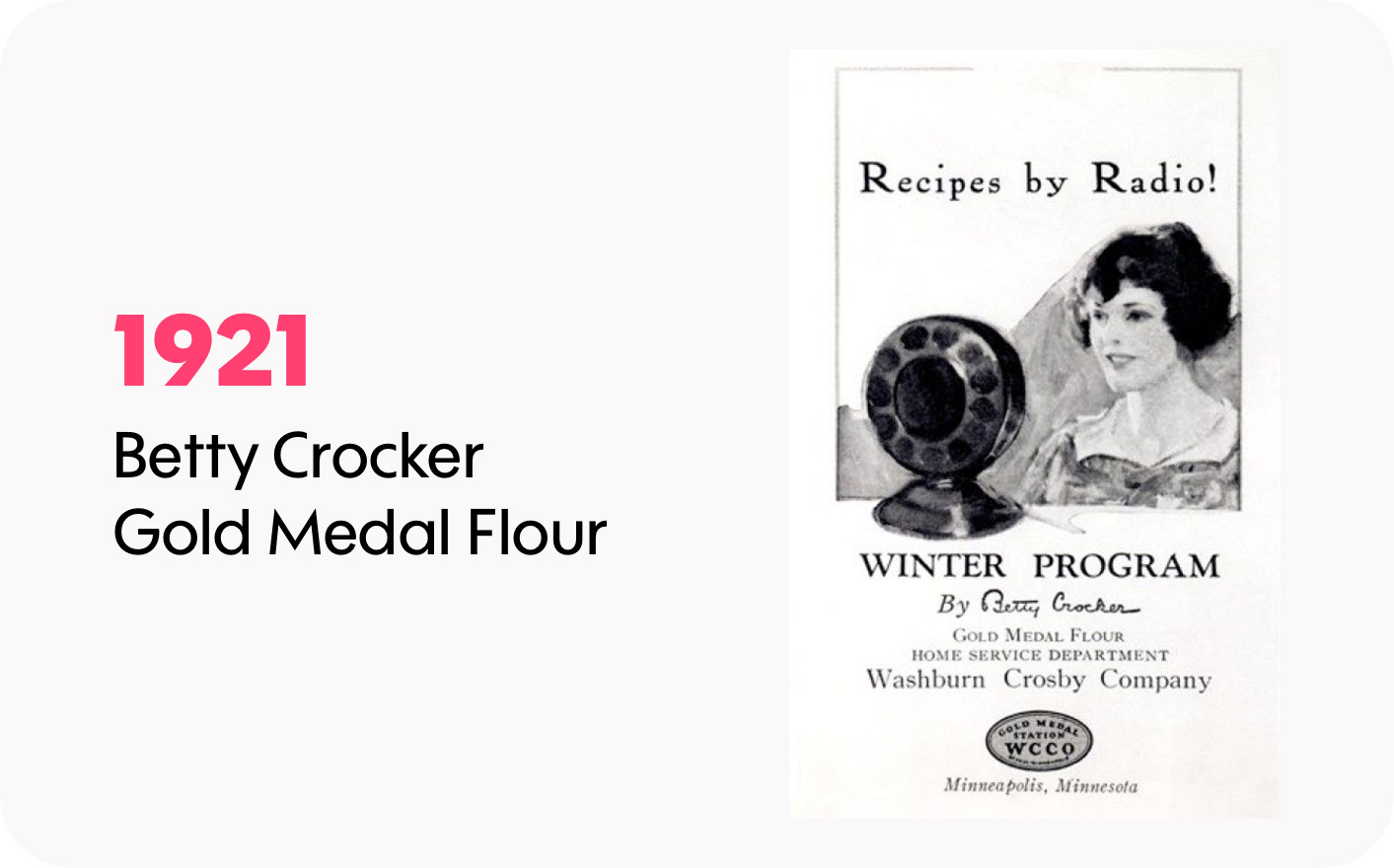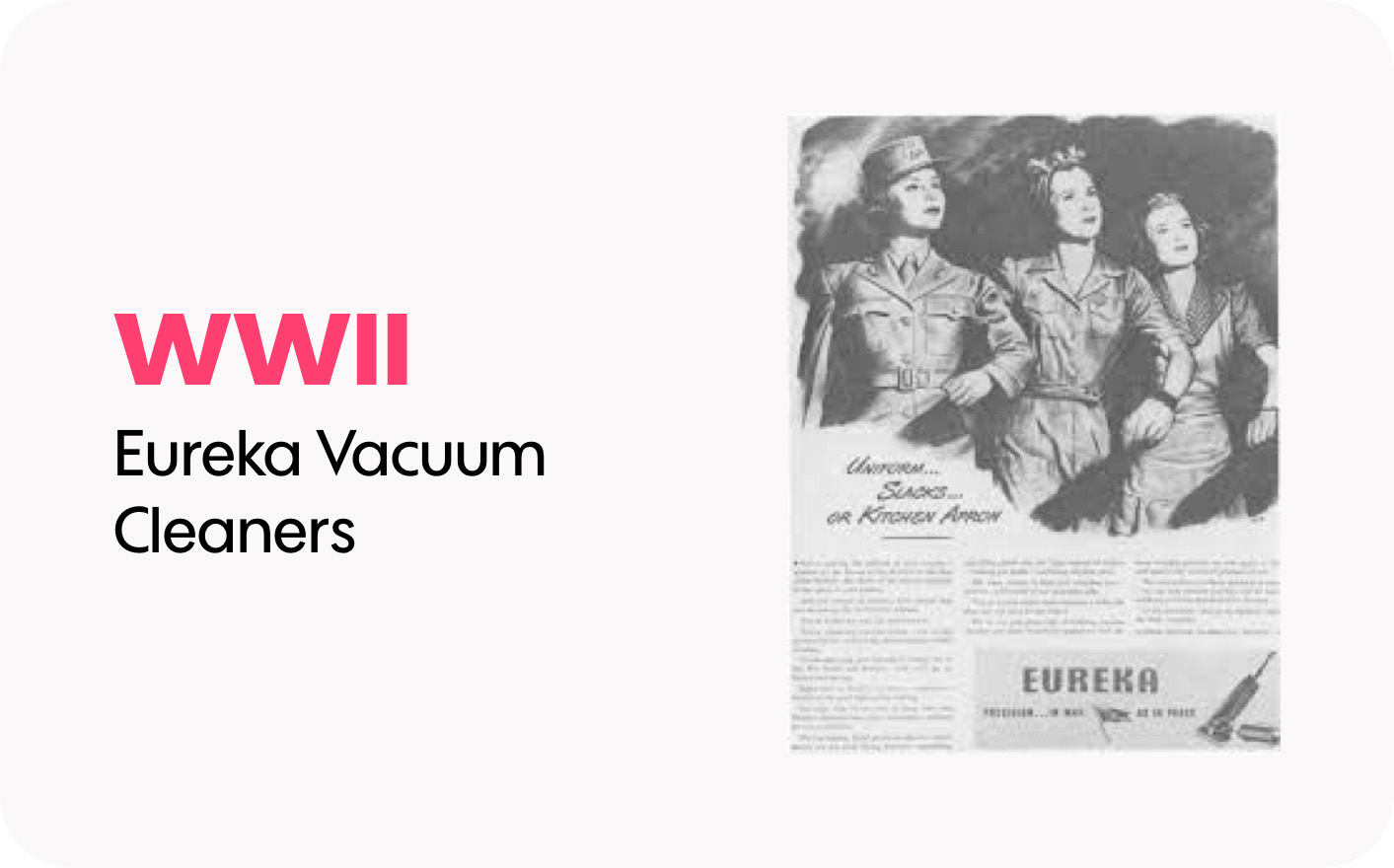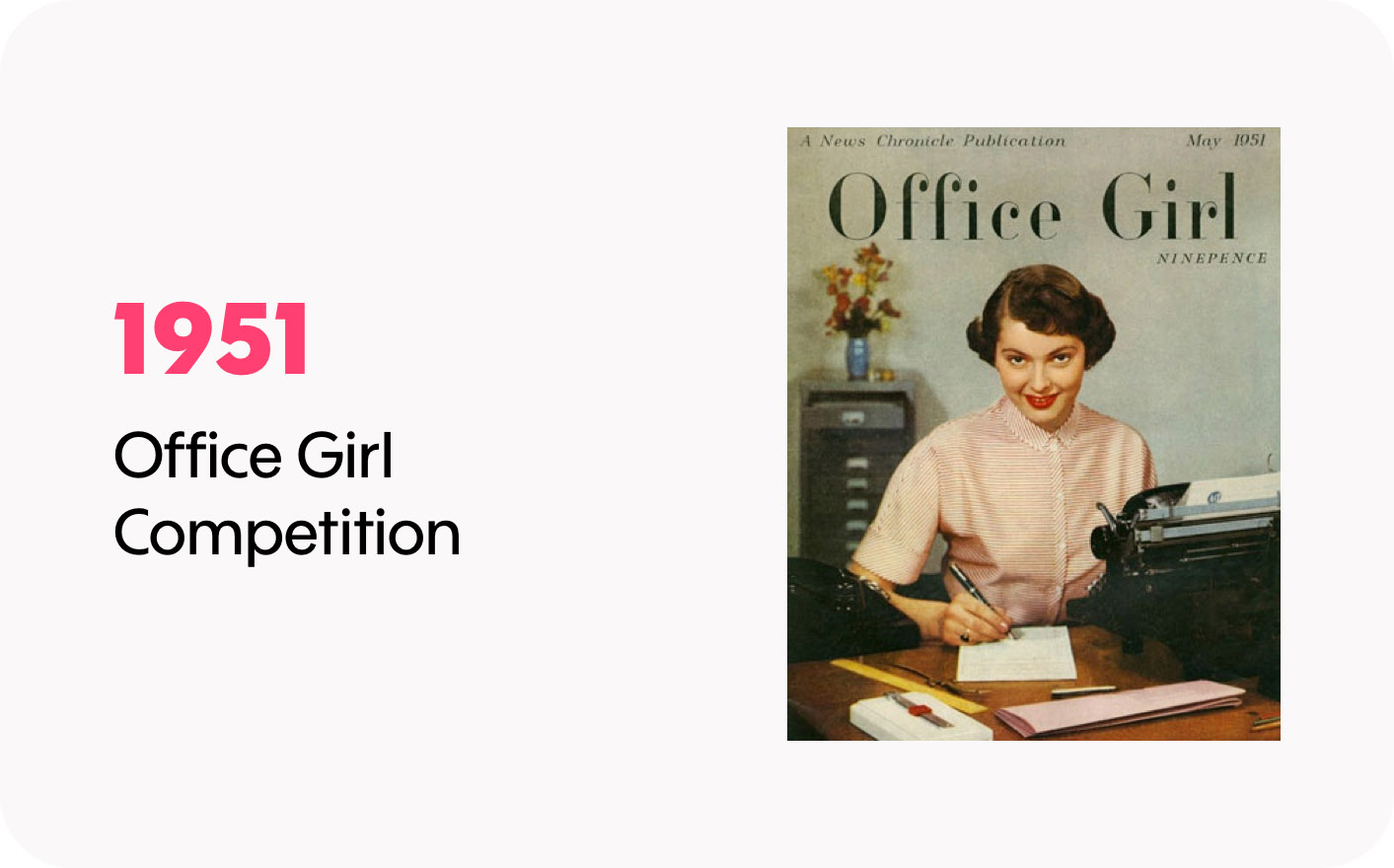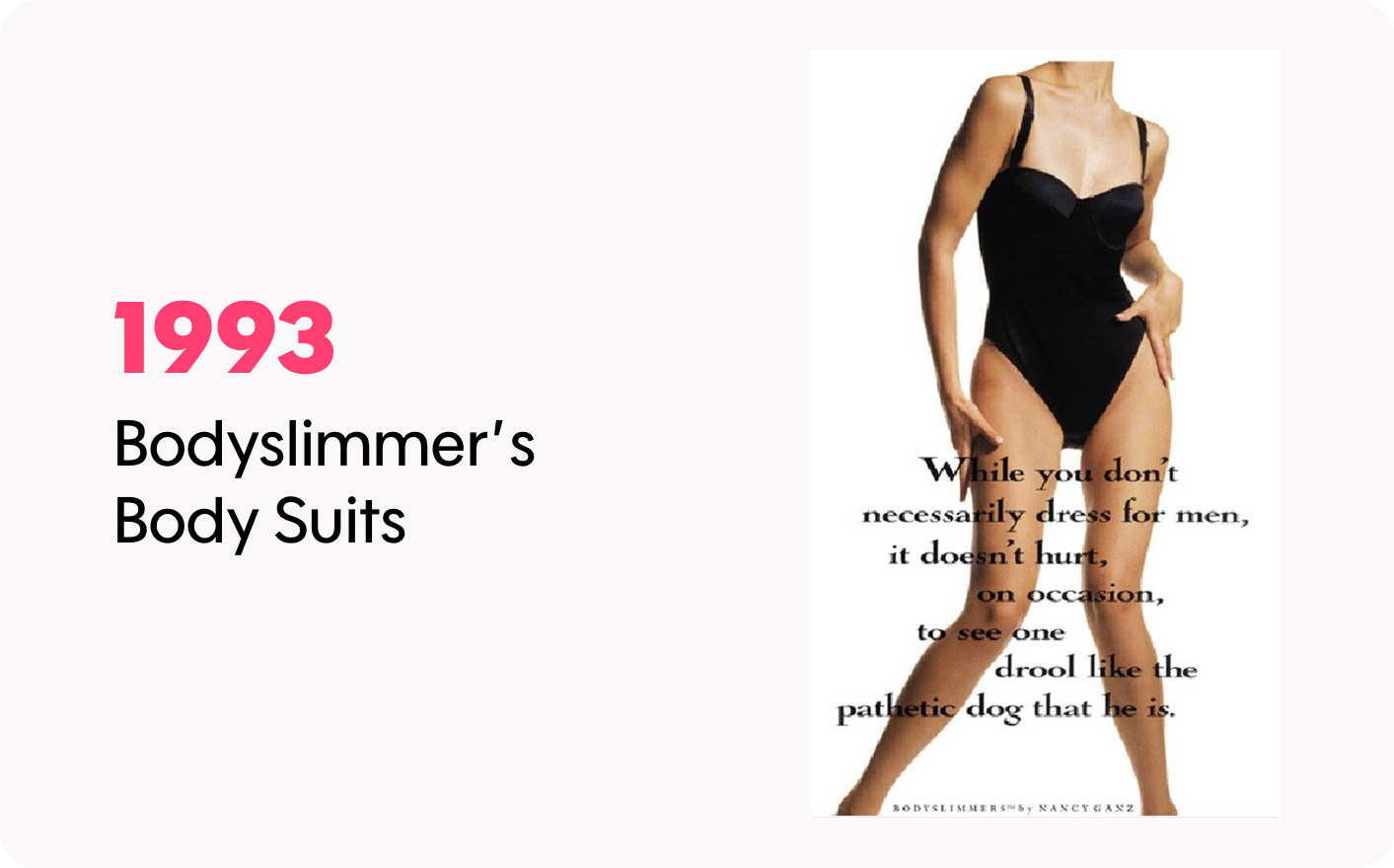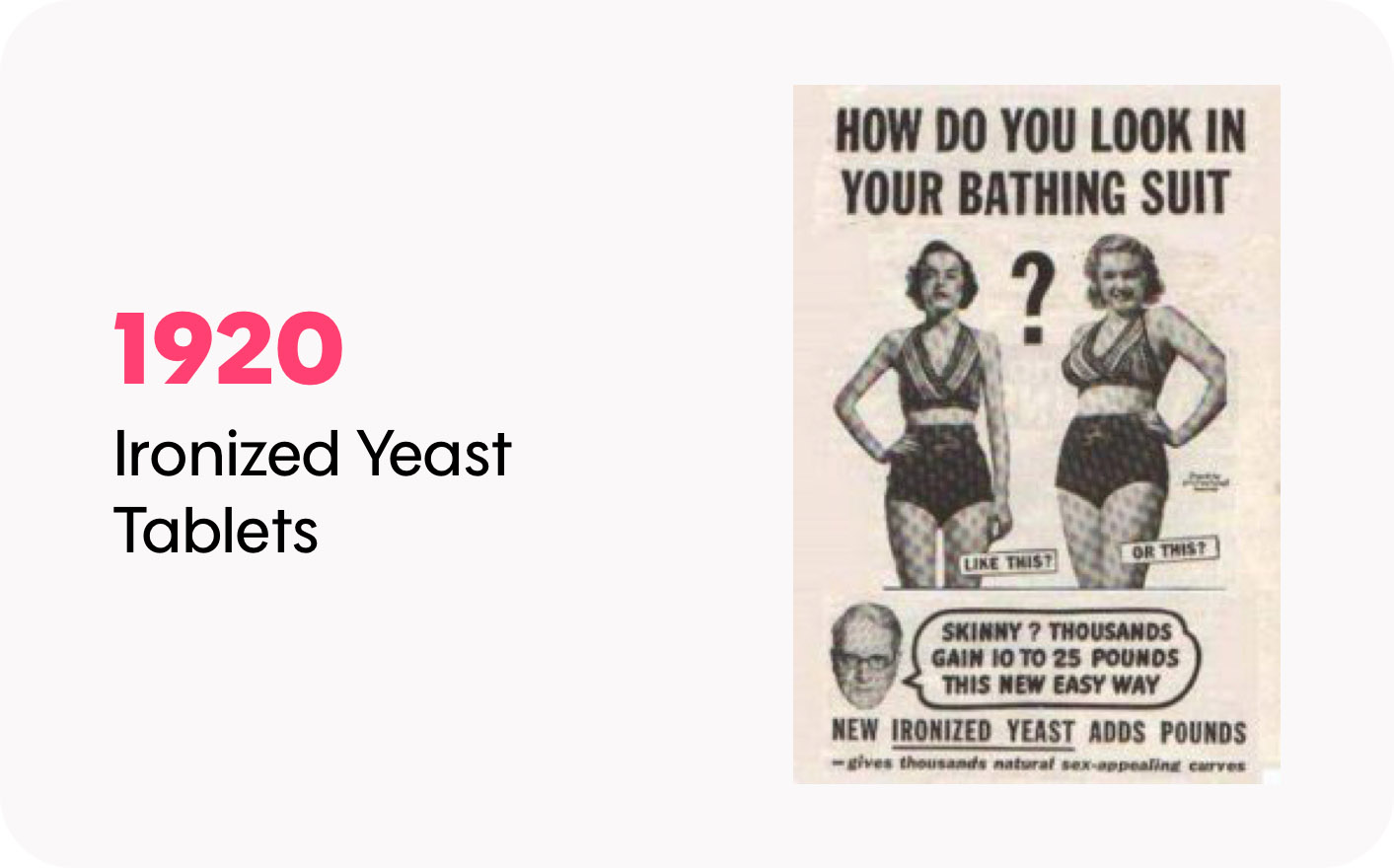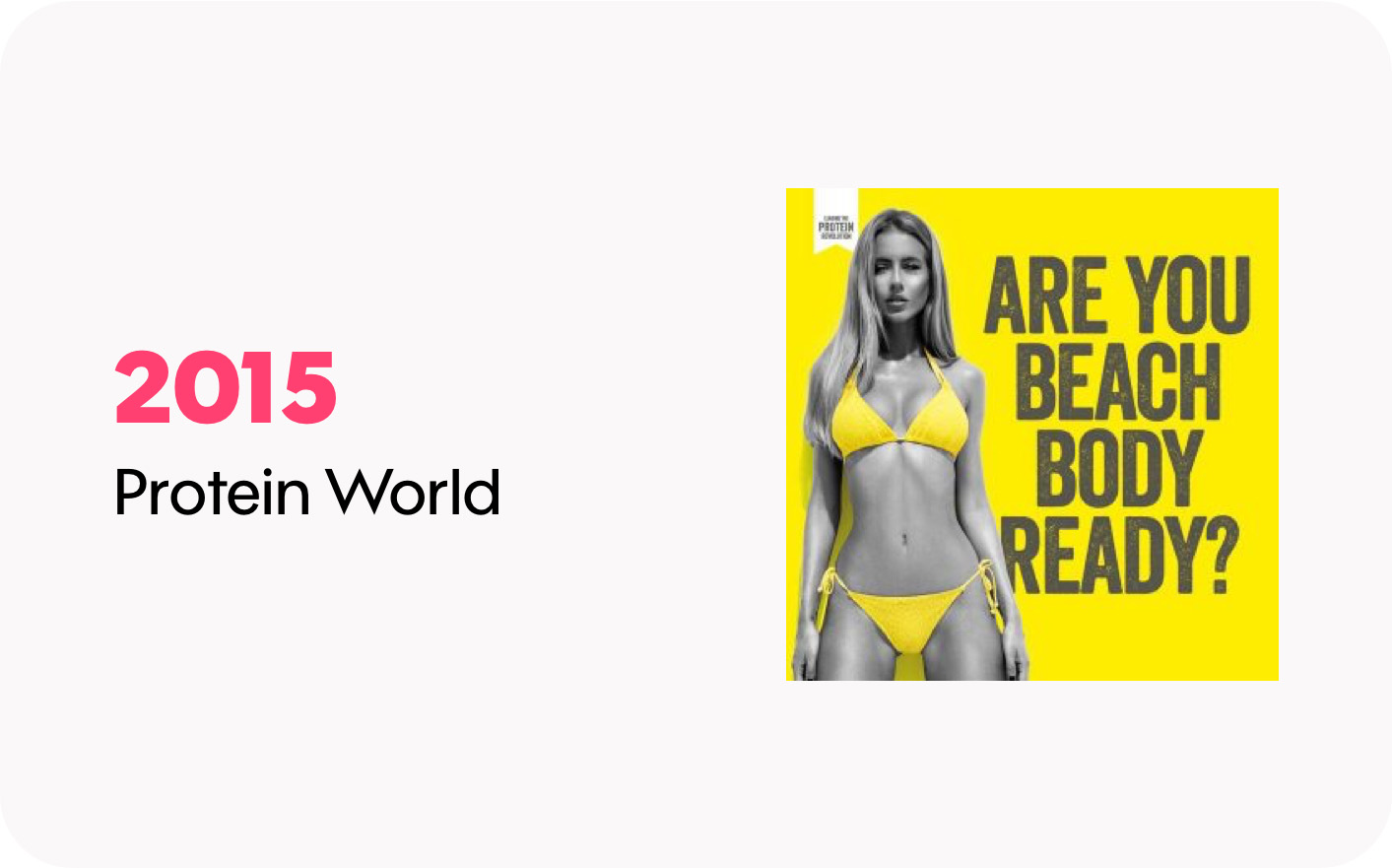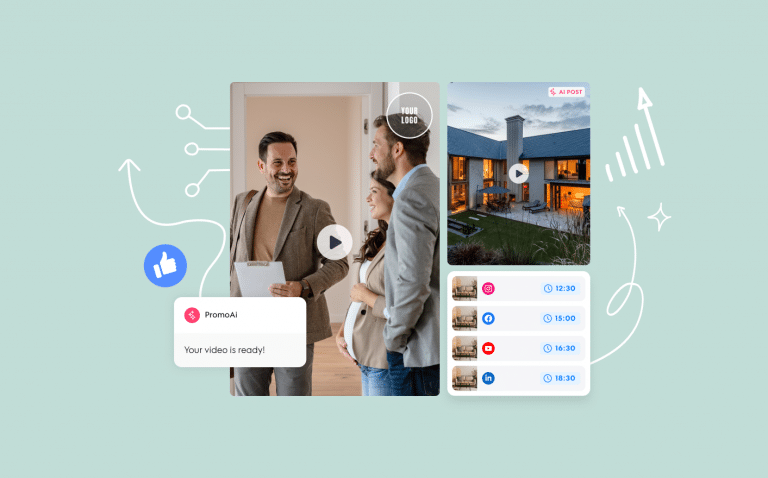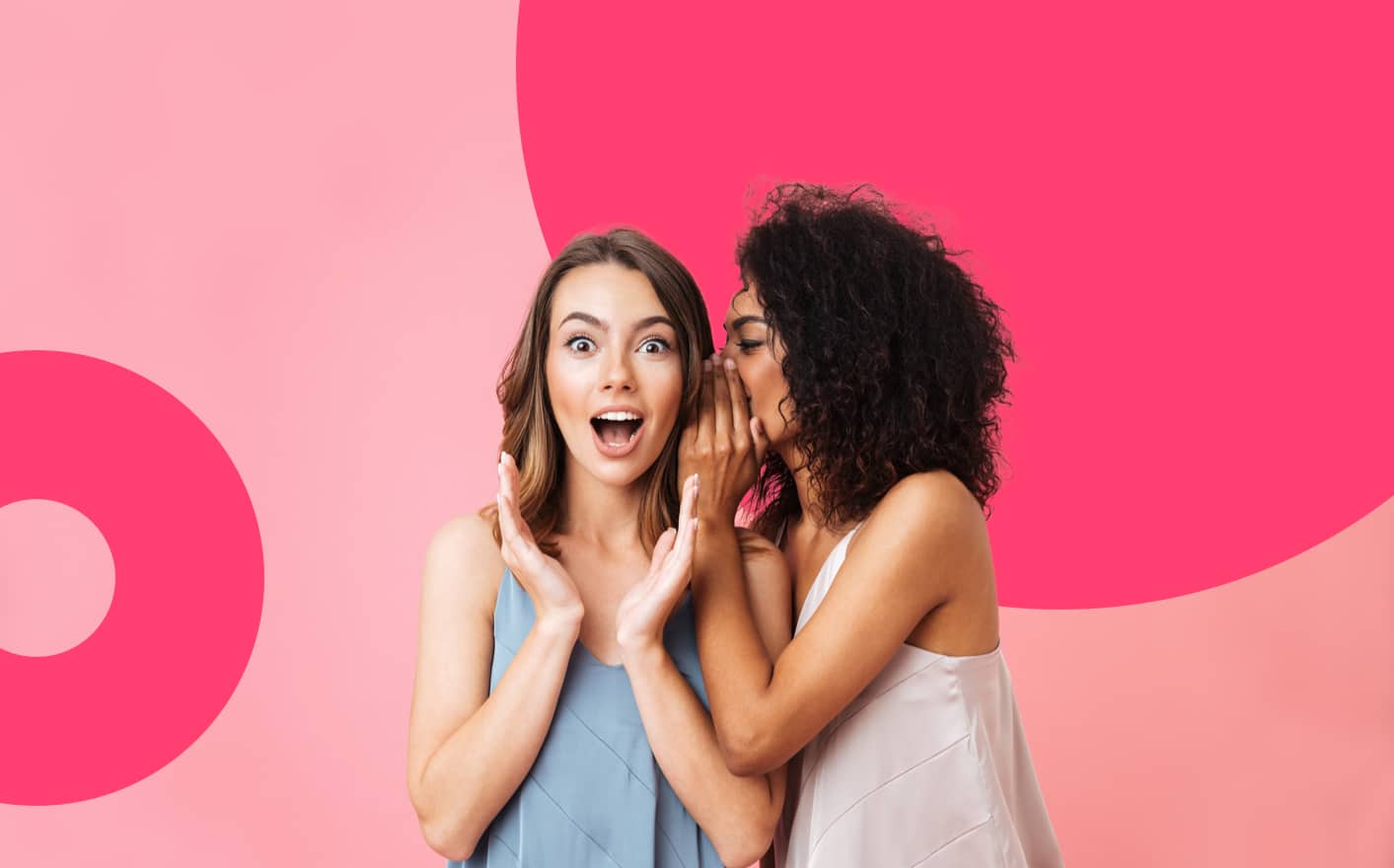
Marketing to women: What we can learn from the past century
In the past few years, female-targeted advertising has been strongly criticized from a cultural perspective, but maybe it’s time we analyze it from a marketing perspective as well. We know that it has evolved drastically over time and we might even assume that it has improved, but as marketers, we need to take a deeper look because we may not understand the female market as well as we think.
Let’s start off with the fact that women are not a niche minority market. They are the majority of B2C consumers. Women drive 70%-80% of all purchasing, both by actually purchasing themselves and by serving as the driving influence for male buyers. They also tend to serve as primary caregivers for children and the elderly, making purchases on behalf of an entire household.
You would think that this would make advertisers target their female audience as the golden goose of consumerism that they are, but it would seem that they haven’t quite hacked it yet. Apparently, 91% of women still feel misunderstood by marketers. Not only is this a staggeringly high number in such a substantial market, but studies have also shown that women are much more likely to pay attention and engage with ads than their male counterparts, making them a more attainable audience. Yes, *face-palm* this is the epitome of a missed opportunity.
From the 1920s until today, marketers have missed out time and time again. The way marketers have targeted women has been closely akin to society’s (mis)perception of them. While gender-equality has improved from year to year (with a few steps backward) so has the success of marketers to reach a huge portion of there consumers – but we still have a ways to go.
Over the years
Throughout the decades, the “ideal” woman has taken different shapes and marketers have used this idealization as the basis of their advertising. This tactic was used to motivate women to purchase a product or service in order to close the gap between them and the perfect women that society expected.
The 1920s
At the beginning of the century, women were targeted as homemakers. For instance, Betty Crocker, who was initially created to advertise Gold Medal Flour, was an example of the ideal persona that women strived to become. The model woman was put-together, presentable and kept a pristine household.
Source: Pinterest
The 1930s-1940s
During the WWII era, Rosie the Riveter became the ideal woman. Women replaced men in traditionally male roles and were portrayed as such in advertising. They were seen as factory workers and soldiers, but, of course, while still keeping a neat home and looking fabulous. For instance, Eureka advertised vacuum cleaners to their female audience by showing three presentable women—one in a military uniform, one in slacks and one in a traditional apron (because no matter what’s her job, she still needs a good vacuum cleaner).
Source: Jstor
The 1950s
Once the men came back from the war, the ideal woman got a big fat demotion. Most women returned home so the advertising arena went back to portraying women as housewives. However, in addition to returning to their old role, they also fulfilled new “female” roles, such as telephone operators, clerks, and secretaries – basically all the jobs that support the success of men. And still with perfectly applied lipstick.
Source: Pinterest
The 1960s-1980s
In the 60s and 70s, the second wave of feminism addressed gender inequality in the workplace and began criticizing the misogynistic way women were portrayed in advertising. So by the 1980s, women were seen in high-power roles, BUT still while also supporting their man, keeping a home and looking amazing.
The perfume ad below sums it up: “Bring home the bacon, fry it in a pan and never let [him] forget that [he’s] a man.”
The 1990s
In the 90s, more big changes were happening. Advertisers started to target the “liberated women” who don’t need a man. But even when seen as independent, strong women, they were expected to continue looking perfectly feminine.
Source: Pinterest
Anxiety-inducing marketing
As seen above, marketers have played on women’s anxiety of fulfilling the ideal female role for years. They increased the disparity between the female consumer and the ideal woman while presenting their product as the magic answer. Are you a good enough mother? Are you a good enough wife? Do you keep a good enough home? Are you building a good enough career? All while looking AMAZING in a bathing suit?
For instance, in 1920, body image based advertising looked like this:
Source: ditchthelabel.com
And almost 100 years later, body image based advertising looked like this:
Source:ditchthelabel.com
Whether the trend is to be heavy or thin, at home or in the workplace – advertisers use the idea of a model woman to market their products. Well, it turns out that there is a better way. Yes, inducing anxiety has proven to be an effective advertising method, but it’s not necessarily the MOST effective way to market to your female audience.
How to target your female audience
Now that we covered the last hundred years of marketing, let’s get down to business and understand what exactly we should be doing today to reach our female audience today.
Ditch the stereotypes
No marketing persona should be just “a woman”. In a shocking news alert, it has been discovered that women are not a homogeneous group and you cannot simply target the singular female demographic. Respect diversity. Just like men, there are many different women personas that respond to different things. Don’t fall into the generic stereotypes but rather conduct research and consider who exactly is the person/woman you are targeting. This will allow you to be significantly more effective in your sales.
Pink is a color, not a marketing strategy
Once we’ve moved away from anxiety ads, it’s important not to stumble into another pitfall. Splashing pink on something is not how to attract female customers. We’ve seen that thoughtless and inauthentic efforts to market to women tend to flop big time. For instance, take the Bic “For Her” campaign. Basically, Bic took their regular old pens, made them more delicate, colored them in light pastel shades and marketed them to women. In no time, they received a brutal backlash, calling them out on the ridiculous notion that women need special feminine pens. You know, for their special feminine hands writing special feminine stuff.
Tell compelling stories
Now that we know what not to do, let’s focus on what you should do. Research has shown that advertisers are more likely to hold the attention of women (as opposed to men) throughout an ad, allowing for a more complex story. It also shows that women respond extremely well to emotional human stories with powerful messages.
According to Marti Barletta, an expert in marketing to women, there are a few communication keys that are highly effective when it comes to your female audience. First, women look for full context and story backgrounds. Secondly, they are moved by their affinity to others. So, creating a sense of empathy through stories is one of the best marketing tactics, even more so than the “ideal woman” tactic we’ve been using for years.
This new found revelation gives marketers free rein to explore creative storytelling. It has also been found that advertisers who use these tactics to target women, end up doing well with men too. More and more advertisers are using this method and we see that it’s paying off. For example, the performance of this Microsoft Super Bowl commercial surpassed most of the other Game Day ads in 2015. By using the storytelling techniques that appeal to women, the ad achieved exceptionally high engagement.
Yes, in the point above, we said that all women are different and respond to different content. While this is true, it has been found that women as a whole are driven by compelling storytelling and a sense of empathy. This is not to say that all women are exactly the same or are driven by the same type of stories. It very much depends on the group of women you are targeting.
Include women in the marketing process
Research shows that gender-balanced marketing teams have a higher ROI. There is often a blind spot when it comes to marketing to women even when the target audience is female. When selling to female customers, consult a woman. Just like you would consult a member of any other group you advertise to – it should be a no brainer.
It’s a win-win
The best kind of marketing is when both you and your target market are satisfied. In this case, you want to successfully market your products to the majority of consumers and women want advertisements that don’t generalize, sexualize or induce anxiety. This is a very clear win-win situation that is good for you and good for society as a whole. What more can you ask for?
Women have the power to make or break a business, so keep them in mind when you build your next marketing strategy. Give them the respect they deserve and in return, they will engage with your content and become loyal customers.
